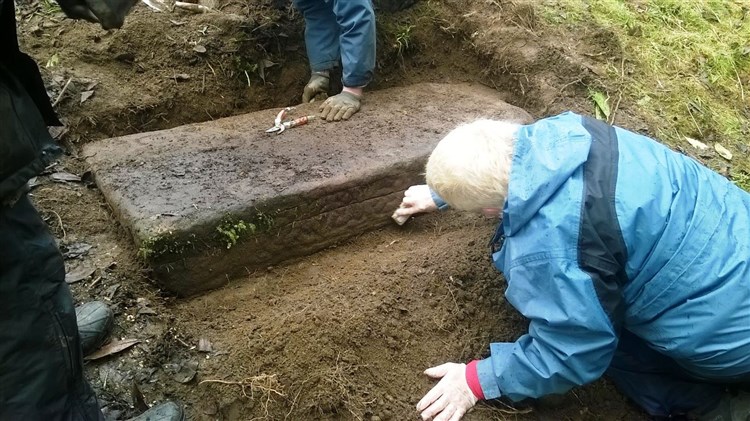- Joined
- Jul 19, 2004
- Messages
- 29,622
- Location
- Out of Bounds
New research suggests the Picts had begun developing their own version of a written language in response to Romans' literacy tools.
FULL STORY: https://www.livescience.com/63933-picts-developed-written-language.html
ABSTRACT from the Antiquity article:
https://www.cambridge.org/core/jour...es-of-empire/4F09B9C943A1C29F226591A20BEC5248
'Painted People' in Scotland Developed Written Language 1,700 Years Ago
The Picts, a fierce group of people who lived in Scotland during ancient and medieval times, may have developed their own written language about 1,700 years ago, according to results from new excavations.
The Picts (which means "Painted People" for their distinctive tatoos and war paint) are part of the reason the Roman Empire was never able to conquer Scotland. ...
However, while the Picts were often in conflict with the Romans, new research published today (Oct. 26) in the journal Antiquity, suggests that these people may have gotten the idea for a written language from the Romans. ...
The language is based on a series of symbols the Picts carved on stone, bone, metalwork and other artifacts.
"In the last few decades, there has been a growing consensus that the symbols on these stones are an early form of language," Gordon Noble, head of archaeology at the University of Aberdeen in the United Kingdom and the senior author of the Antiquity paper, said in a statement. ...
However, until now, it's been unclear when or how this language developed, with some scholars believing it was invented during the Middle Ages, after the Romans left Britain.
To solve this riddle, scientists with the Northern Picts Project conducted new excavations at archaeological sites where stones with Pictish symbols had been discovered in the past. ...
Based on their research, the scientists concluded that the Pictish language was likely developed in the third or fourth century A.D., and it may have been inspired, to a degree, by the Romans, who also used a writing system at the time. However, rather than using Latin (the language of the Romans), the Picts developed a writing style that was quite different from that language, the scientists noted in their study. ...
"As with Runes and Ogham, the Pictish symbols were also probably created beyond the frontier in response to Roman literacy," the researchers wrote.
FULL STORY: https://www.livescience.com/63933-picts-developed-written-language.html
ABSTRACT from the Antiquity article:
https://www.cambridge.org/core/jour...es-of-empire/4F09B9C943A1C29F226591A20BEC5248



